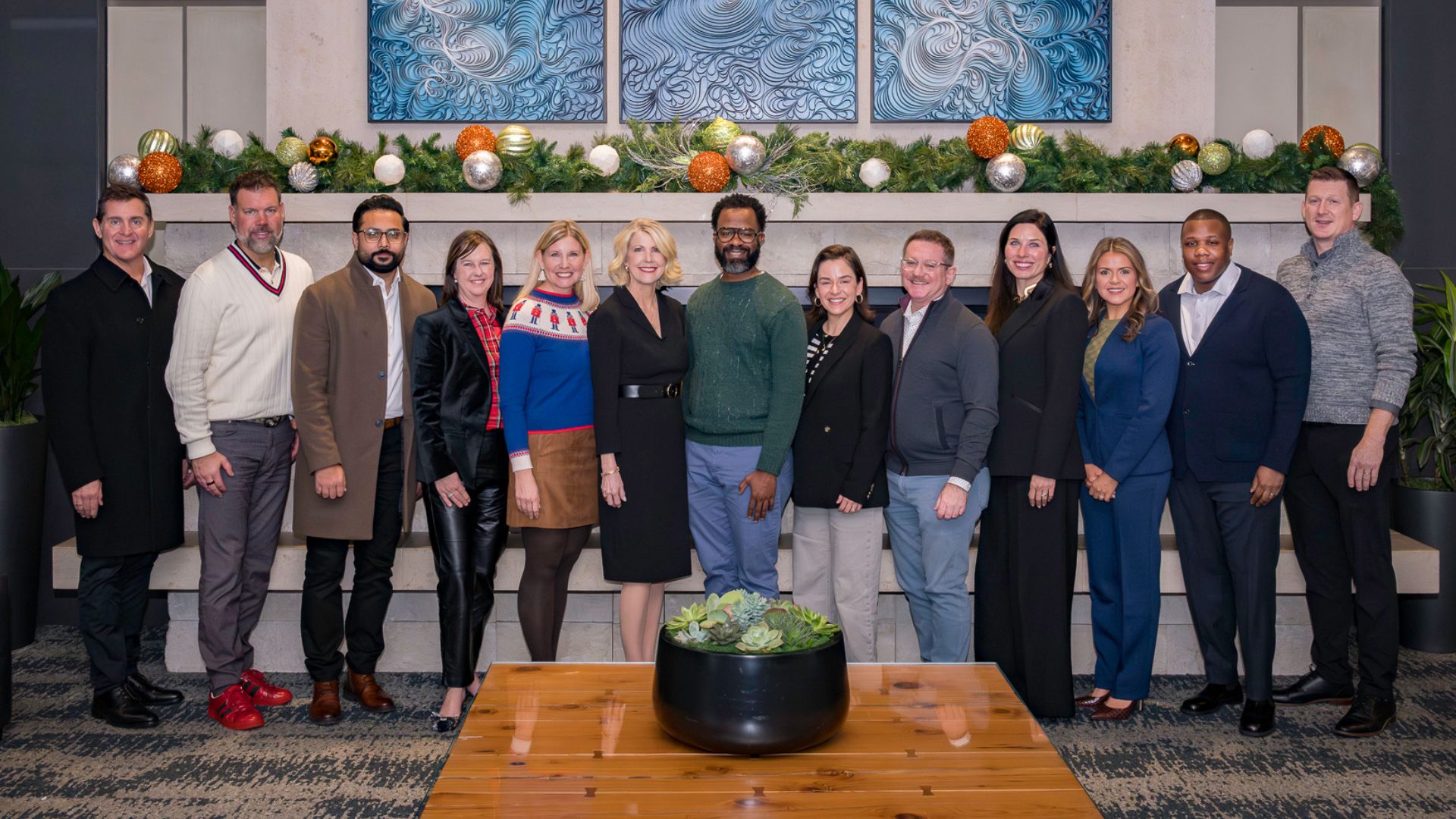
The retail industry, transformed by the COVID-19 pandemic, continues to evolve with positive and innovative changes. Here are five key ways the pandemic is still influencing retail:
Hybrid Workplace Influence: The shift towards hybrid work models has significantly impacted consumer shopping habits. More people working from home means increased local and online shopping, leading to a revival in neighborhood retail. This trend represents a lasting transformation in the retail landscape, with consumers favoring stores closer to their homes.
E-Commerce Growth: The pandemic has accelerated e-commerce, a trend that shows no signs of reversing. Consumers have embraced the convenience of online shopping, prompting retailers to enhance their digital platforms. This shift towards online shopping is reshaping retail, merging the ease of digital transactions with the tangible experience of physical stores.
Advanced Inventory Management: The pandemic underscored the importance of efficient supply chain management. Retailers now use technologies like AI for better inventory optimization, ensuring more effective stock management and reducing out-of-stock scenarios. This proactive approach is paving the way for a more resilient retail future.
Persistence of BOPIS: Buy Online, Pick Up In Store (BOPIS) has become a mainstay in retail, offering a convenient blend of online ordering and physical shopping. Retailers are adapting their store formats to facilitate this service, ensuring a seamless customer experience.
Reassessment of Self-Checkout: Initially popular during the pandemic, retailers are now reevaluating self-checkout. Balancing efficiency with concerns about shrinkage and theft, the industry is seeking innovative solutions to enhance the checkout experience while maintaining security.
The pandemic has been a catalyst for significant change in the retail sector, leading to more dynamic, customer-centric, and resilient practices. These adaptations are enriching the shopping experience, providing consumers with greater convenience, choice, and flexibility.

